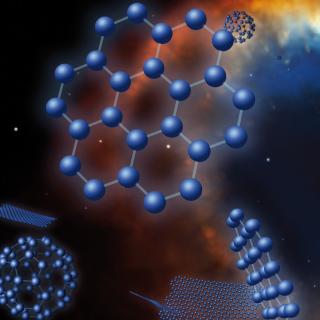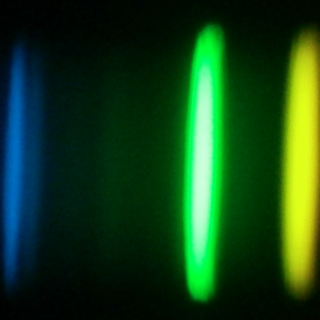Bibcode
Anders, F.; Chiappini, C.; Rodrigues, T. S.; Miglio, A.; Montalbán, J.; Mosser, B.; Girardi, L.; Valentini, M.; Noels, A.; Morel, T.; Johnson, J. A.; Schultheis, M.; Baudin, F.; de Assis Peralta, R.; Hekker, S.; Themeßl, N.; Kallinger, T.; García, R. A.; Mathur, S.; Baglin, A.; Santiago, B. X.; Martig, M.; Minchev, I.; Steinmetz, M.; da Costa, L. N.; Maia, M. A. G.; Allende Prieto, C.; Cunha, K.; Beers, T. C.; Epstein, C.; García Pérez, A. E.; García-Hernández, D. A.; Harding, P.; Holtzman, J.; Majewski, S. R.; Mészáros, Sz.; Nidever, D.; Pan, K.; Pinsonneault, M.; Schiavon, R. P.; Schneider, D. P.; Shetrone, M. D.; Stassun, K.; Zamora, O.; Zasowski, G.
Bibliographical reference
Astronomy and Astrophysics, Volume 597, id.A30, 27 pp.
Advertised on:
1
2017
Journal
Citations
114
Refereed citations
107
Description
With the advent of the space missions CoRoT and Kepler, it has recently
become feasible to determine precise asteroseismic masses and relative
ages for large samples of red giant stars. We present the CoRoGEE
dataset, obtained from CoRoT light curves for 606 red giants in two
fields of the Galactic disc that have been co-observed by the Apache
Point Observatory Galactic Evolution Experiment (APOGEE). We used the
Bayesian parameter estimation code PARAM to calculate distances,
extinctions, masses, and ages for these stars in a homogeneous analysis,
resulting in relative statistical uncertainties of ≲2% in distance,
4% in radius, 9% in mass and 25% in age. We also assessed systematic
age uncertainties stemming from different input physics and mass loss.
We discuss the correlation between ages and chemical abundance patterns
of field stars over a broad radial range of the Milky Way disc (5 kpc
Related projects

Traces of Galaxy Formation: Stellar populations, Dynamics and Morphology
We are a large, diverse, and very active research group aiming to provide a comprehensive picture for the formation of galaxies in the Universe. Rooted in detailed stellar population analysis, we are constantly exploring and developing new tools and ideas to understand how galaxies came to be what we now observe.
Anna
Ferré Mateu

Nucleosynthesis and molecular processes in the late stages of Stellar Evolution
Low- to intermediate-mass (M < 8 solar masses, Ms) stars represent the majority of stars in the Cosmos. They finish their lives on the Asymptotic Giant Branch (AGB) - just before they form planetary nebulae (PNe) - where they experience complex nucleosynthetic and molecular processes. AGB stars are important contributors to the enrichment of the
Domingo Aníbal
García Hernández

Chemical Abundances in Stars
Stellar spectroscopy allows us to determine the properties and chemical compositions of stars. From this information for stars of different ages in the Milky Way, it is possible to reconstruct the chemical evolution of the Galaxy, as well as the origin of the elements heavier than boron, created mainly in stellar interiors. It is also possible to
Carlos
Allende Prieto